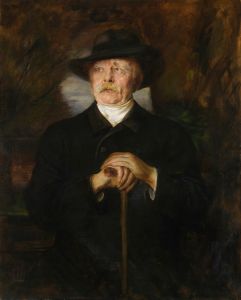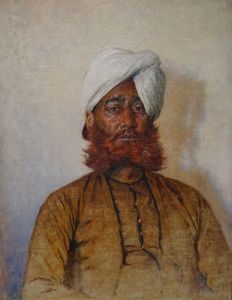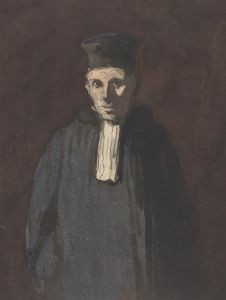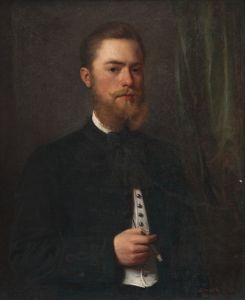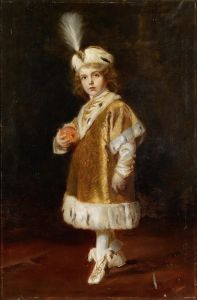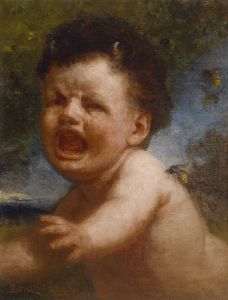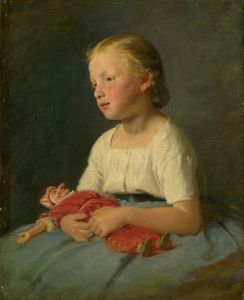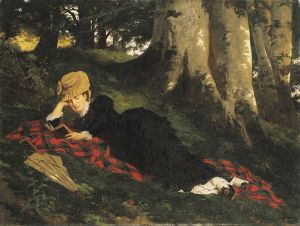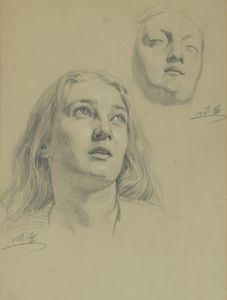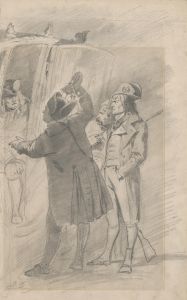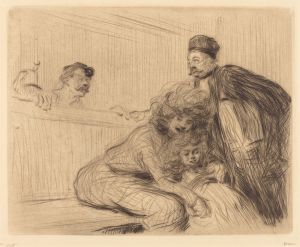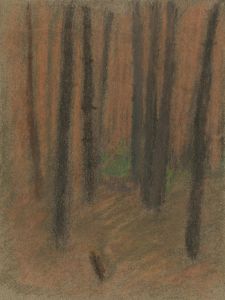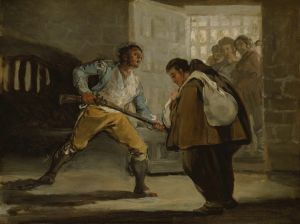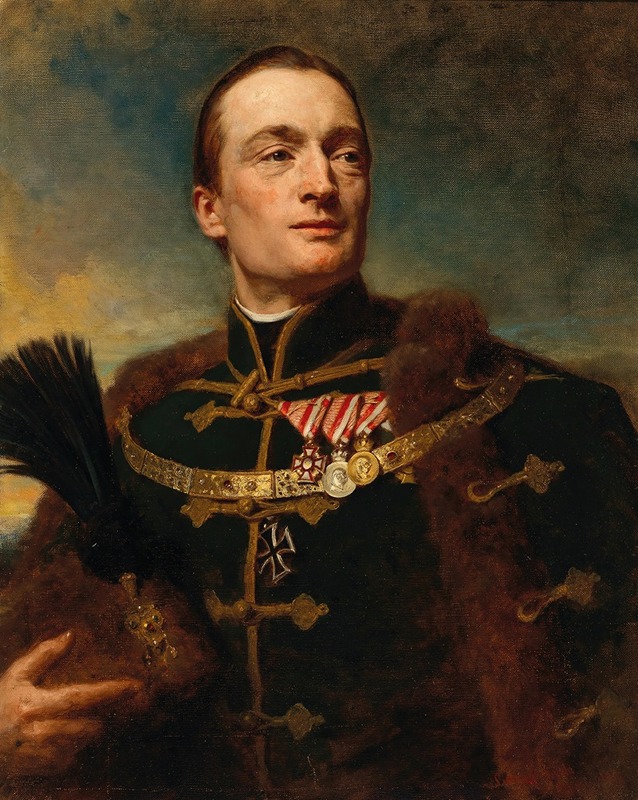
Portrait of an Officer
A hand-painted replica of Gyula Benczúr’s masterpiece Portrait of an Officer, meticulously crafted by professional artists to capture the true essence of the original. Each piece is created with museum-quality canvas and rare mineral pigments, carefully painted by experienced artists with delicate brushstrokes and rich, layered colors to perfectly recreate the texture of the original artwork. Unlike machine-printed reproductions, this hand-painted version brings the painting to life, infused with the artist’s emotions and skill in every stroke. Whether for personal collection or home decoration, it instantly elevates the artistic atmosphere of any space.
Gyula Benczúr, a prominent Hungarian painter of the 19th century, is renowned for his historical and portrait paintings. One of his notable works is "Portrait of an Officer," which exemplifies his skill in capturing the essence of his subjects with meticulous attention to detail and a keen sense of realism. Benczúr was born on January 28, 1844, in Nyíregyháza, Hungary, and he studied at the Munich Academy of Fine Arts, where he was influenced by the academic style that characterized much of his work.
"Portrait of an Officer" is a testament to Benczúr's ability to convey the dignity and character of his subjects. Although specific details about the painting's creation, such as the exact date and the identity of the officer depicted, are not widely documented, it is known that Benczúr often painted portraits of notable figures, including members of the aristocracy and military personnel. This painting likely reflects the social and historical context of Hungary during the late 19th century, a period marked by nationalistic fervor and a strong military tradition.
Benczúr's technique in "Portrait of an Officer" showcases his mastery of light and shadow, as well as his adept use of color to create a lifelike representation. The officer is typically depicted in full military regalia, which would have been meticulously rendered to highlight the textures and details of the uniform. This attention to detail not only demonstrates Benczúr's technical prowess but also serves to emphasize the status and importance of the subject.
The composition of the portrait is likely to be formal, with the officer positioned in a manner that conveys authority and confidence. Benczúr's portraits often feature a neutral or subdued background, which serves to focus the viewer's attention on the subject. This approach is consistent with the academic style of portraiture, which prioritizes clarity and precision.
Gyula Benczúr's contribution to Hungarian art extends beyond his individual works; he played a significant role in the development of art education in Hungary. In 1883, he became the director of the Hungarian National Drawing School, where he influenced a generation of artists. His legacy is preserved in numerous public and private collections, and his works continue to be celebrated for their historical significance and artistic merit.
While "Portrait of an Officer" may not be as widely recognized as some of Benczúr's other works, such as "The Baptism of Vajk" or "The Recapture of Buda Castle," it remains an important example of his portraiture and his ability to capture the spirit of his time. Through his art, Benczúr provides a window into the cultural and historical milieu of 19th-century Hungary, offering insights into the people and events that shaped the nation's history.






